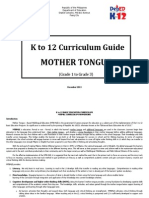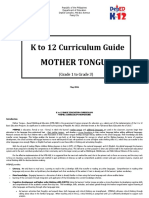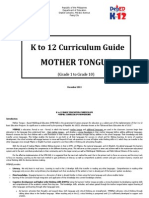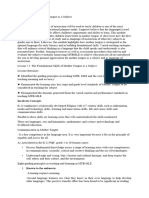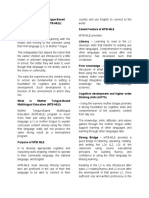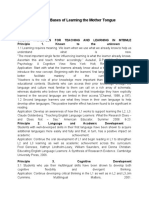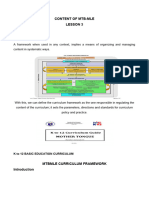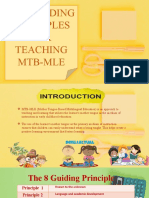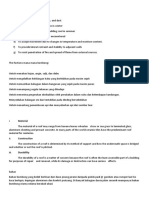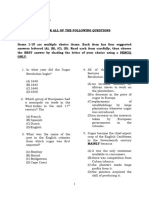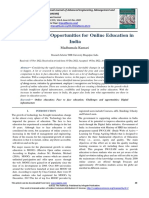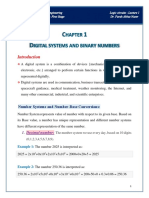0% found this document useful (0 votes)
48 views2 pagesHandouts
The MTB-MLE Curriculum Framework emphasizes the integration of cultural, political, and psychological factors in teaching the mother tongue as a language of instruction. It aims to develop language comprehension, critical thinking, and communicative competence through various teaching strategies and macro skills such as listening, speaking, reading, and writing. The framework promotes the use of the mother tongue in early education to enhance cognitive and academic development while supporting the learning of additional languages.
Uploaded by
somalugsalimaCopyright
© © All Rights Reserved
We take content rights seriously. If you suspect this is your content, claim it here.
Available Formats
Download as DOCX, PDF, TXT or read online on Scribd
0% found this document useful (0 votes)
48 views2 pagesHandouts
The MTB-MLE Curriculum Framework emphasizes the integration of cultural, political, and psychological factors in teaching the mother tongue as a language of instruction. It aims to develop language comprehension, critical thinking, and communicative competence through various teaching strategies and macro skills such as listening, speaking, reading, and writing. The framework promotes the use of the mother tongue in early education to enhance cognitive and academic development while supporting the learning of additional languages.
Uploaded by
somalugsalimaCopyright
© © All Rights Reserved
We take content rights seriously. If you suspect this is your content, claim it here.
Available Formats
Download as DOCX, PDF, TXT or read online on Scribd
/ 2



